When it comes to learning a new language, there are countless platforms available, but two of the most well-known and widely used are Rosetta Stone and Duolingo. Both have helped millions of people worldwide improve their language skills, yet they each take a different approach to teaching. In this detailed comparison, we’ll break down the features, pros, and cons of each platform across ten key areas. By the end of this article, you’ll have a clear understanding of which platform best suits your language-learning needs.
Rosetta Stone
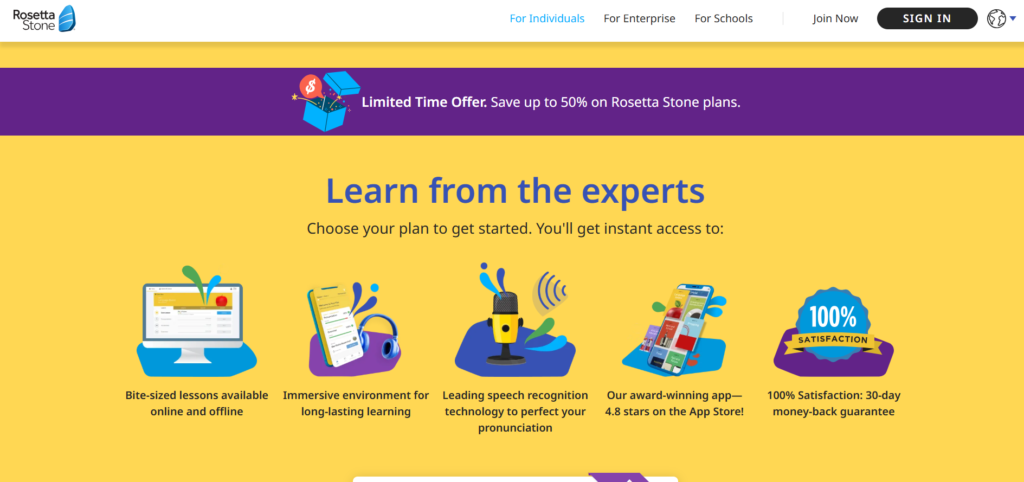
It takes an immersive approach to language learning, focusing on natural acquisition by teaching entirely in the target language without translations. The platform uses images and context to build vocabulary and understanding, emphasizing pronunciation and speaking skills through its speech recognition technology. It offers a structured, comprehensive program, with courses designed for learners at all levels, but it is a paid service, making it more suitable for those who prefer a deeper, more formal method of learning a language.
Duolingo
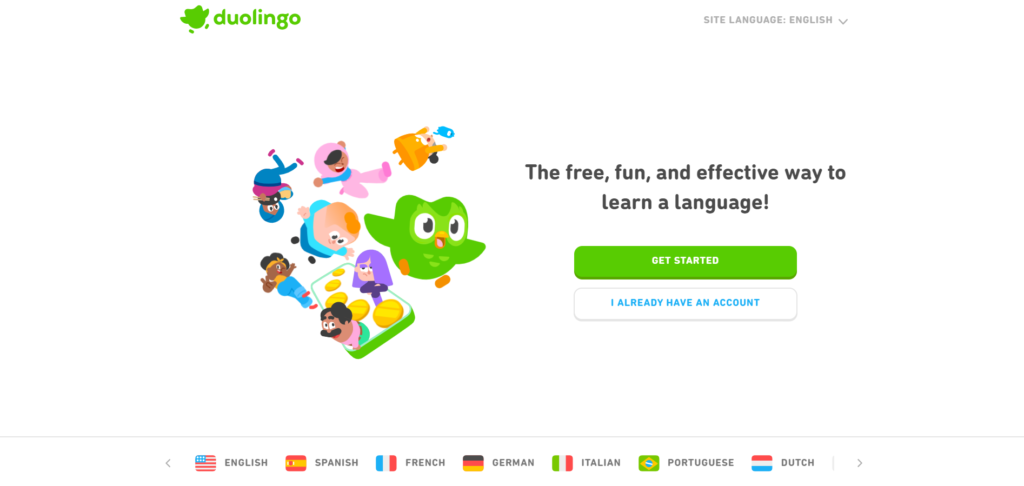
It is a free, gamified language learning app that focuses on bite-sized lessons and interactive exercises to keep users motivated. It combines multiple-choice questions, speaking, listening, and writing activities, making learning fun and accessible.
Duolingo is ideal for beginners or casual learners who want to practice a language in short, manageable bursts. While it is free to use, the platform’s focus is more on vocabulary and basic sentence structure, with less emphasis on in-depth grammar and language immersion.
Key Features Comparison: Rosetta Stone vs Duolingo
1. Teaching Methodology: Immersive vs. Gamified Learning
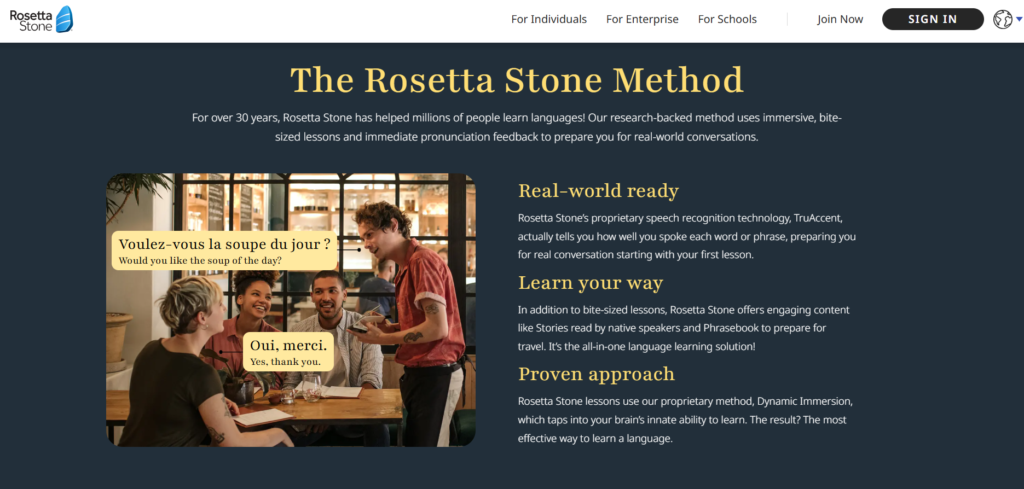
Rosetta Stone is known for its immersion-based learning technique. It avoids using translations or relying on your native language and instead uses pictures, spoken words, and contextual cues to teach you new vocabulary and grammar. The idea is to get you thinking directly in the target language, similar to how you learned your first language as a child.
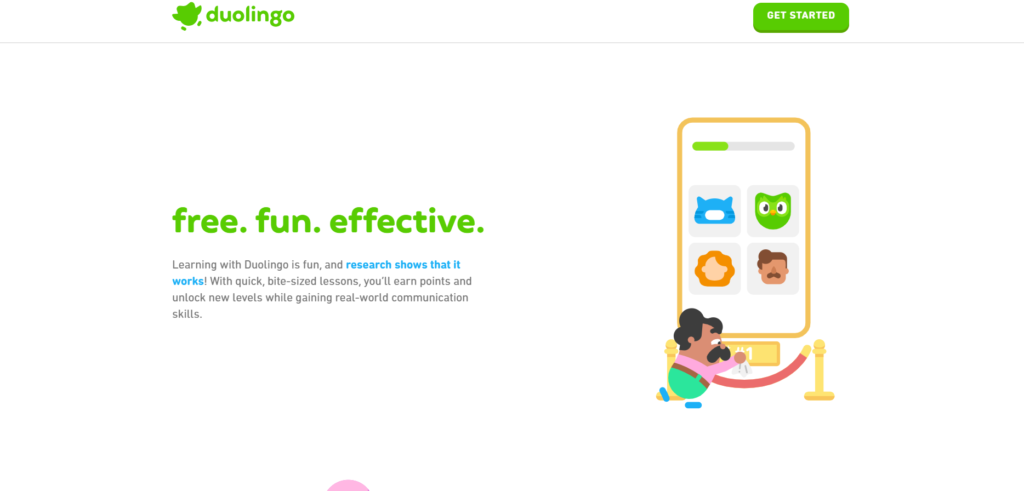
Duolingo, on the other hand, uses a gamified approach. Lessons are broken down into bite-sized exercises that often feel like a game. You earn points, level up, and are encouraged to maintain streaks. While this method keeps learners engaged and motivated, it can sometimes feel superficial compared to Rosetta Stone’s more thorough approach.
2. Language Coverage and Depth
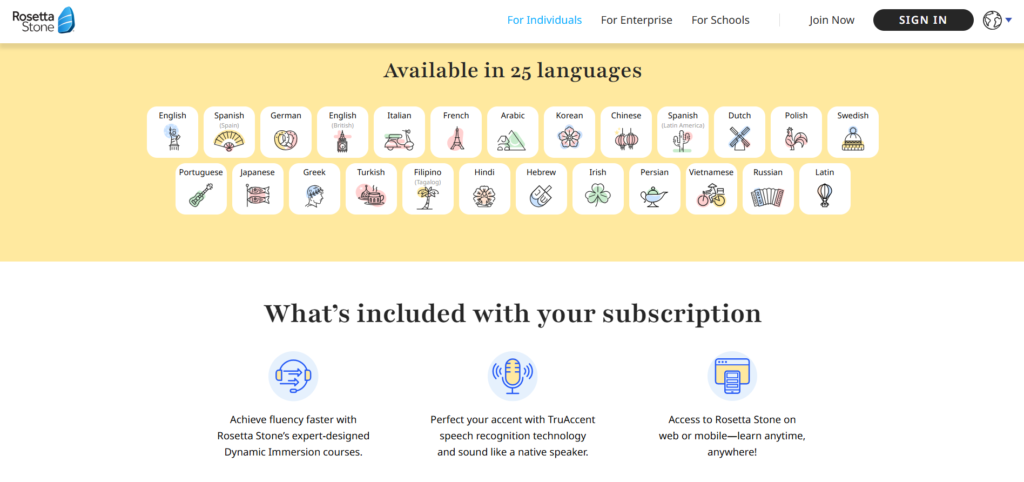
Rosetta Stone offers courses in 25 languages, including popular ones like Spanish, French, German, and Chinese, as well as less commonly taught languages such as Farsi and Tagalog. Each course is designed to take you from beginner to intermediate level, focusing on real-life scenarios and conversational language.
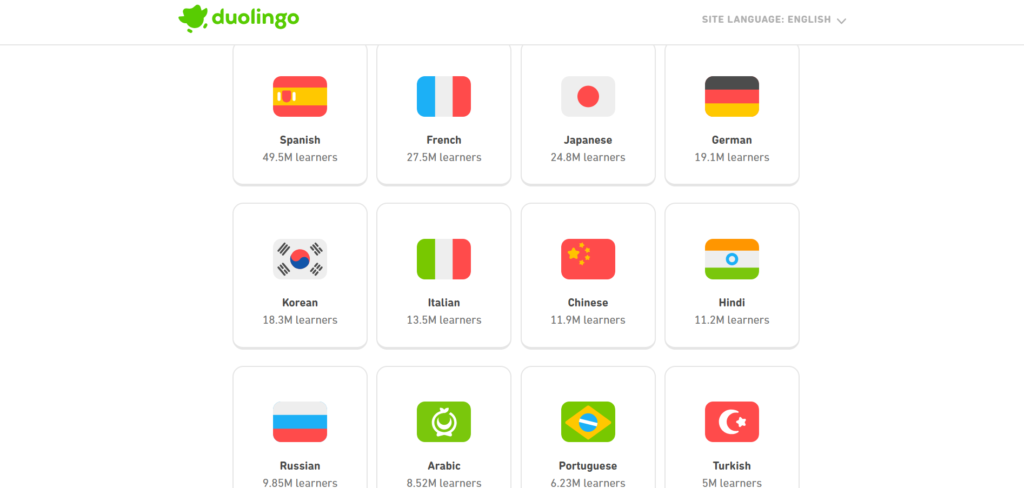
Duolingo, however, supports over 30 languages, including some unique options like Klingon and High Valyrian (fictional languages).
While Duolingo offers a broader selection, the depth of instruction may not be as comprehensive as Rosetta Stone’s. Some languages on Duolingo are still in development or may not provide the same level of immersion and mastery.
3. User Experience and Interface
Rosetta Stone offers a clean, straightforward interface. The focus is entirely on language learning, with no distractions. The lessons are methodical, making it ideal for users who prefer a focused, distraction-free environment.
Duolingo features a vibrant, gamified interface. The lessons are designed to be fun and engaging, with colorful icons, badges, and motivational features like daily streaks. While this makes it very appealing to beginners or younger audiences, some users may find the design too playful and not as serious as they would prefer.
4. Cost and Accessibility
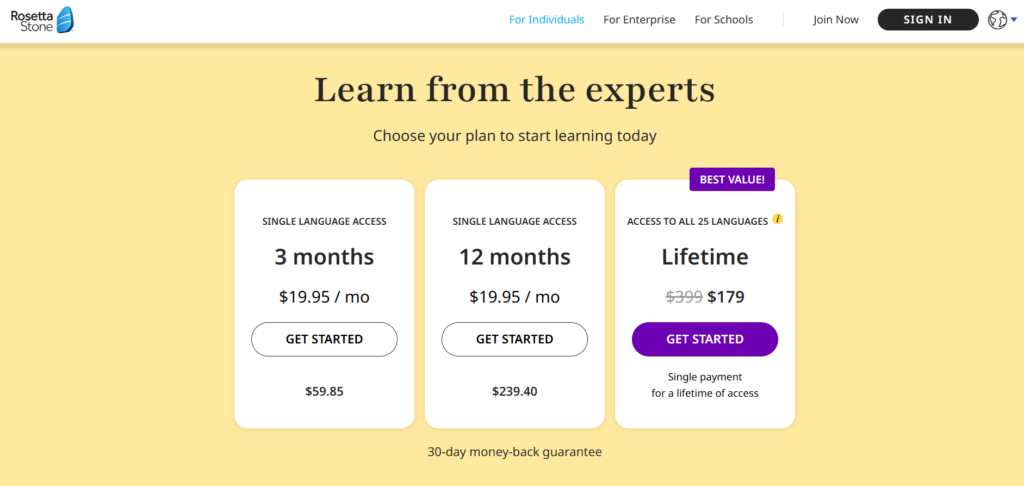
One of the most significant differences between the two is the cost. Rosetta Stone operates on a subscription-based model, which can be quite expensive. The standard plan can cost upwards of $200 per year, although they do offer discounts, and there is a 3-day free trial for new users.
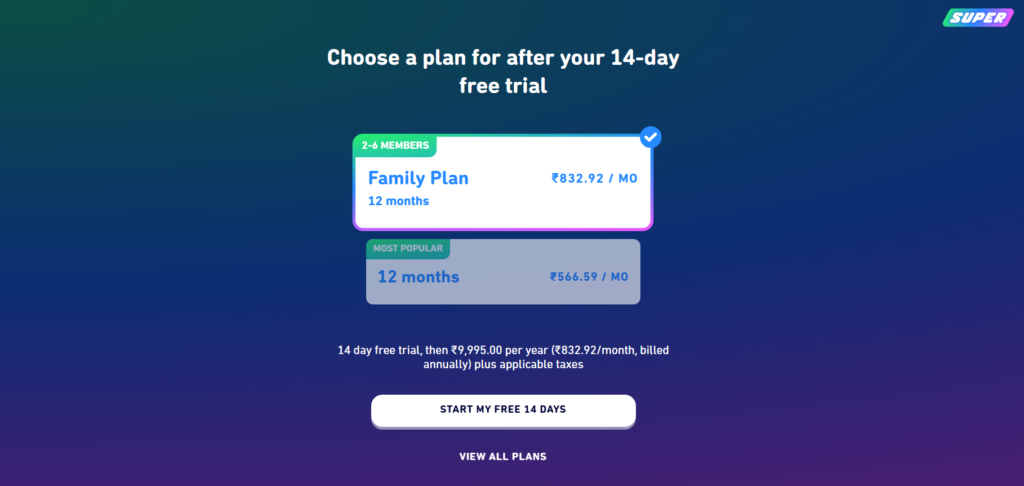
Duolingo is free to use, with a premium version called Duolingo Plus available for $6.99 per month. The free version includes ads, while the premium version removes ads and offers some additional features like offline access. Duolingo’s free option makes it accessible to anyone, regardless of budget.
Why Rosetta Stone excels: While it does require an investment, Rosetta Stone offers a more professional and in-depth language learning experience, making it a better long-term choice for serious learners.
5. Speech Recognition and Pronunciation Practice
Rosetta Stone takes pronunciation seriously. It uses its proprietary TruAccent™ speech recognition technology to provide real-time feedback on your pronunciation. This feature helps learners work on their speaking skills by comparing their pronunciation to native speakers and offering corrections when necessary.
Duolingo also has speech exercises but doesn’t provide the same level of detailed feedback. While it can detect whether you’ve said the right words, it doesn’t give you the nuanced guidance that Rosetta Stone’s TruAccent™ technology offers. As a result, learners who are serious about pronunciation may benefit more from Rosetta Stone’s system.
6. Cultural Context and Real-World Application
Rosetta Stone teaches language through real-life scenarios, ensuring that learners understand not only the words but also how they’re used in everyday situations. For example, the lessons include how to order food at a restaurant or ask for directions. This emphasis on cultural context helps learners understand the language in a way that’s useful for real-world conversations.
Duolingo can feel a bit disconnected from real-world applications. While it teaches basic vocabulary and grammar, some sentences might not make sense in a real conversation (e.g., “The cat is reading a newspaper”). Though fun, these exercises don’t always reflect how the language is spoken in real life, which might hinder learners’ ability to engage in actual conversations.
7. Progress Tracking and Motivation
Rosetta Stone doesn’t focus on levels or awards. Instead, it emphasizes mastery of the language. You progress through lessons and repeat them until you’ve fully understood the material. This system helps ensure that learners are truly absorbing the content before moving on.
Duolingo, on the other hand, thrives on motivation through gamification. You can track your daily streaks, earn points, and level up as you complete lessons. This approach encourages learners to keep coming back daily and can make language learning feel like a game. However, the focus on achievements can sometimes prioritize quantity over quality.
8. Learning Pace and Flexibility
Rosetta Stone provides a structured learning experience. Each lesson builds on the last, which is great for learners who prefer a clear, defined path. However, this structure may feel restrictive for those who prefer to jump around or work on specific topics at their own pace.
Duolingo offers more flexibility, allowing learners to skip ahead to different levels or practice specific skills. You can revisit areas where you feel weak or explore new challenges. This flexibility is great for those who like to learn at their own pace, but the lack of a clear structure might leave some learners feeling directionless.
9. Community and Support
Rosetta Stone provides customer support and access to forums where learners can ask questions and share tips. However, the community aspect isn’t as robust as other platforms. The support team is available for troubleshooting, but the social aspect of learning isn’t as emphasized.
Duolingo has a large, active online community, where learners from around the world can discuss lessons, share advice, and support each other. This makes it easier to find help when you need it and to feel like you’re part of a global learning community. The forums can be very engaging, especially for new learners.
10. Ideal Learner Profile
Rosetta Stone is best suited for serious learners who are looking for an in-depth, structured learning experience. If you’re motivated to achieve fluency and prefer immersion over gamification, Rosetta Stone will provide a comprehensive and thorough learning journey. It’s ideal for those who want a serious investment in their language education.
Duolingo, on the other hand, is perfect for casual learners who want a fun, flexible, and low-cost way to start learning a language. It’s ideal for beginners who want to get their feet wet in a new language or for anyone looking for an entertaining supplement to their main language learning program.
Conclusion: Why Rosetta Stone May Be the Better Option
While both Rosetta Stone and Duolingo offer valuable resources for language learners, Rosetta Stone stands out as the better option for those who are serious about mastering a new language. Its immersive approach, real-world applications, and in-depth structure provide a comprehensive learning experience that Duolingo simply can’t match. While Duolingo is great for casual learners and beginners, if you’re aiming for fluency or proficiency, Rosetta Stone’s methodical approach will serve you better in the long run.
FAQ’s
Which platform is better for pronunciation practice?
Rosetta Stone’s TruAccent™ technology provides more accurate and detailed pronunciation feedback.
Is Duolingo really free?
Yes, Duolingo offers a free version with ads, or you can upgrade to a premium version for an ad-free experience.
Does Duolingo have speech recognition?
Yes, Duolingo uses speech recognition to help improve pronunciation.
Can I access Rosetta Stone without a subscription?
No, a paid subscription is required for full access to Rosetta Stone’s features.
Is Duolingo available for kids?
Yes, Duolingo has a kid-friendly version with simple, engaging lessons.
